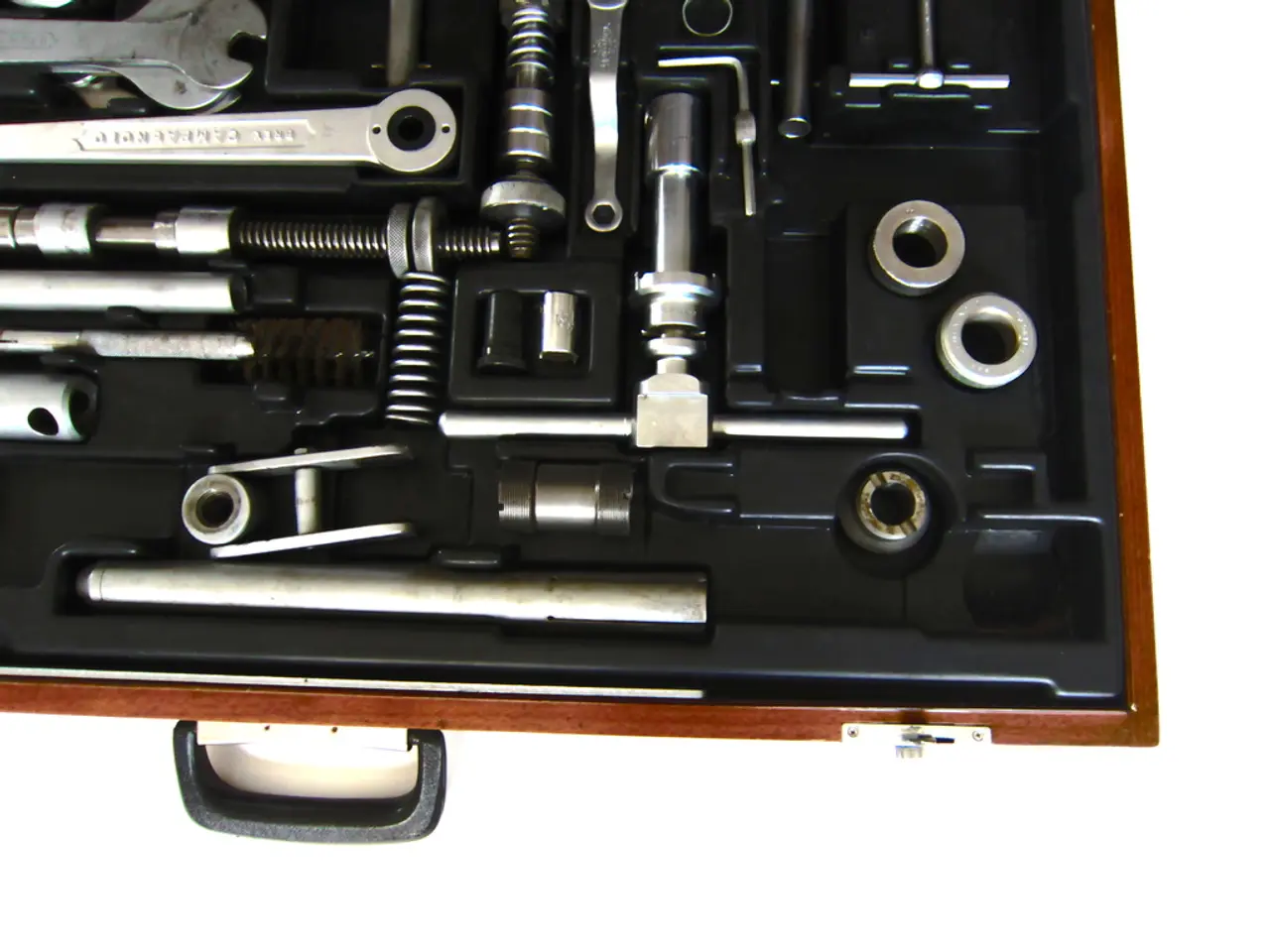Assessing the Effectiveness of User Research Techniques: A 10-Point Guide for Evaluation.
In the realm of user research, selecting the right methodology can make all the difference. Here are some key factors to consider when evaluating the usefulness of a user research methodology.
First and foremost, the chosen methodology should align with the research's specific purpose. Whether generative (exploring user needs), descriptive (mapping behavior and pain points), evaluative (testing usability and prototypes), or causal (understanding reasons behind user behavior), the methodology should fit the research goal perfectly [1].
Consider the type of data needed for your research. Some methodologies provide qualitative insights to understand why users behave in a certain way, such as interviews or usability testing. Others offer quantitative data to measure how many users behave that way, like surveys or analytics. A useful methodology often balances both [1][3].
The chosen methodology should also be appropriate to the product lifecycle stage. Some methods are better suited for early-stage exploratory research, while others are more effective for post-launch evaluation and optimization [3].
The usability and effectiveness of tools used in the methodology are also crucial. Tools that enable key functions like interviews, surveys, usability testing, and analytics are essential. Tools with added features like advanced data analysis, integration, and AI-driven insights further enhance methodology usefulness [2].
Measurability and metrics are another important factor. The methodology should enable the capture of important usability metrics like task success, user satisfaction (via SUS, NPS, CSAT), engagement, and conversions, which help quantify research findings and support design decisions [5].
Practicality and resources are essential considerations. The methodology should be feasible given the available time, budget, and expertise. Some methods or tools may demand significant resources, making them less useful if constraints are strict.
Lastly, flexibility and adaptability are key. User research methodologies that allow iteration based on live feedback and evolving user needs add value by supporting continuous product improvement [3].
Even if all questions are answered affirmatively, there's no guarantee that the chosen method will deliver on expectations and investment. However, the chances are much better compared to a scenario where all or some questions are answered negatively.
User involvement in research is a strong signal that the research is likely to produce valuable results. Simplifying the method may be necessary to minimize human error, and changes to the research team or method may be necessary if the team does not understand or can't execute the method effectively.
The ease of explaining the choice of method to stakeholders or clients is a measure of its usefulness. The outputs of the project should be clear to all relevant stakeholders, enabling them to make decisions that result in meaningful action.
In conclusion, when evaluating the usefulness of a user research methodology, key factors to consider include fit to research goal and product stage, data type (qualitative/quantitative) relevance, tool support and capabilities, ability to capture actionable metrics, and practical considerations including flexibility and resource requirements [1][2][3][5].
The ideal user research methodology should not only match the research's purpose, but also balance qualitative and quantitative data needs for comprehensive insights [1]. It's crucial for the chosen methodology to be appropriate to the product lifecycle stage, offering tools that support interviews, surveys, usability testing, and analytics [2]. Effective methodologies should also capture essential usability metrics and be resource-efficient [5]. Additionally, the chosen methodology should be adaptable, allowing for iterations based on live feedback and evolving user needs [3]. A user research methodology that addresses all these factors increases the likelihood of delivering valuable results and supporting meaningful design decisions.




